A seven-year long research, photography and video project based on the black and white enigma of a lost Puerto Rican film, colonial romance, and the color technology that frames it.
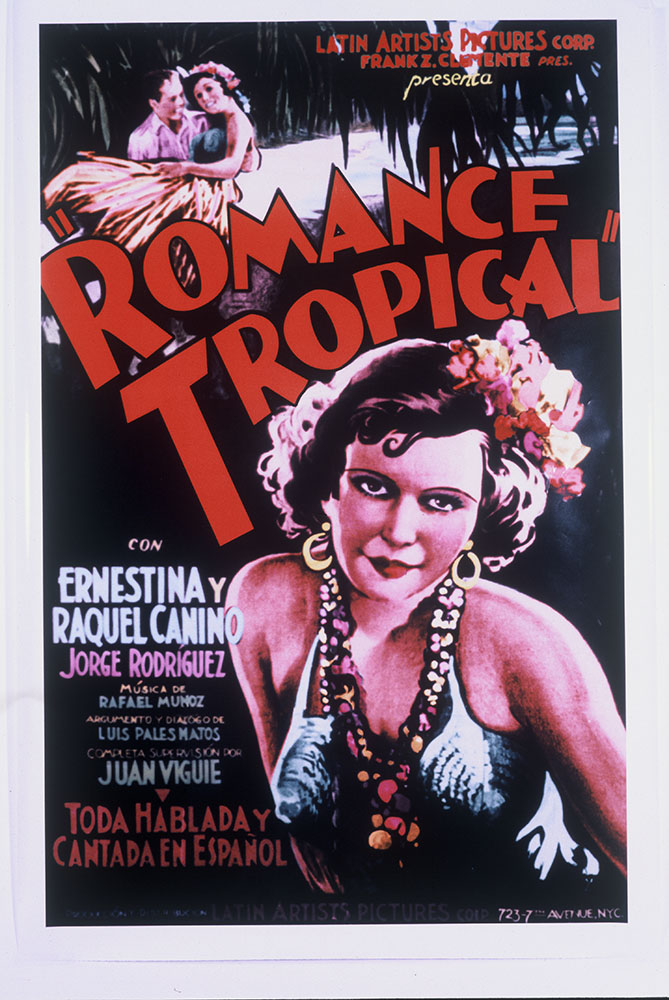
2013-2014
Sometime in the late 1930’s, the film Romance Tropical vanished. Regarded as the first film with sound made in Puerto Rico, and second Spanish-language talkie in the world. The film premiered at Teatro Campoamor in New York City. Directed by the filmmaker Juan E. Viguié, a script written by poet Luis Palés Matos with music by the composer Rafael Muñoz; three well-known names in the arts of Puerto Rico. The narrative of the film revolved around a man’s search for love and riches and a ‘savage island’ called Mu.
“Drama that tells the story of a handsome young conductor who falls in love with a high-society girl, but he is poor and her family rejects him. So the lover sets out on an adventure in the southern seas in search of fortune, reaching a distant island. There he becomes consort to the queen of the island. The tribe has a treasure and the young man convinces the queen to flee with it. But in the attempt the queen dies so he returns to San Juan with fortune and manages to marry the first girlfriend.” Silvia Alvarez-Curbelo, in her book Idilio tropical: la aventura del cine puertorriqueño (1994)
Images courtesy of:
Colección Juan Viguié, Archivo Nacional de Teatro y Cine del Ateneo Puertorriqueño - San Juan, Puerto Rico
John Viguié
Naida García-Crespo
Sometime in the late 1930’s, the film Romance Tropical vanished. Regarded as the first film with sound made in Puerto Rico, and second Spanish-language talkie in the world. The film premiered at Teatro Campoamor in New York City. Directed by the filmmaker Juan E. Viguié, a script written by poet Luis Palés Matos with music by the composer Rafael Muñoz; three well-known names in the arts of Puerto Rico. The narrative of the film revolved around a man’s search for love and riches and a ‘savage island’ called Mu.
“Drama that tells the story of a handsome young conductor who falls in love with a high-society girl, but he is poor and her family rejects him. So the lover sets out on an adventure in the southern seas in search of fortune, reaching a distant island. There he becomes consort to the queen of the island. The tribe has a treasure and the young man convinces the queen to flee with it. But in the attempt the queen dies so he returns to San Juan with fortune and manages to marry the first girlfriend.” Silvia Alvarez-Curbelo, in her book Idilio tropical: la aventura del cine puertorriqueño (1994)
Images courtesy of:
Colección Juan Viguié, Archivo Nacional de Teatro y Cine del Ateneo Puertorriqueño - San Juan, Puerto Rico
John Viguié
Naida García-Crespo
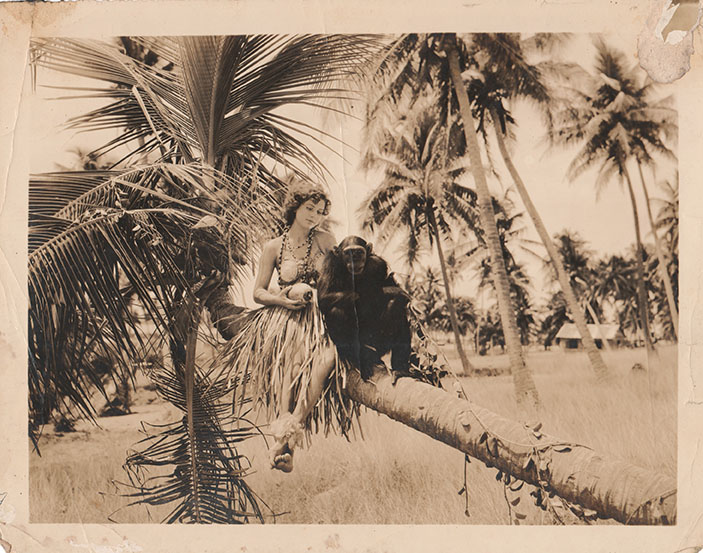
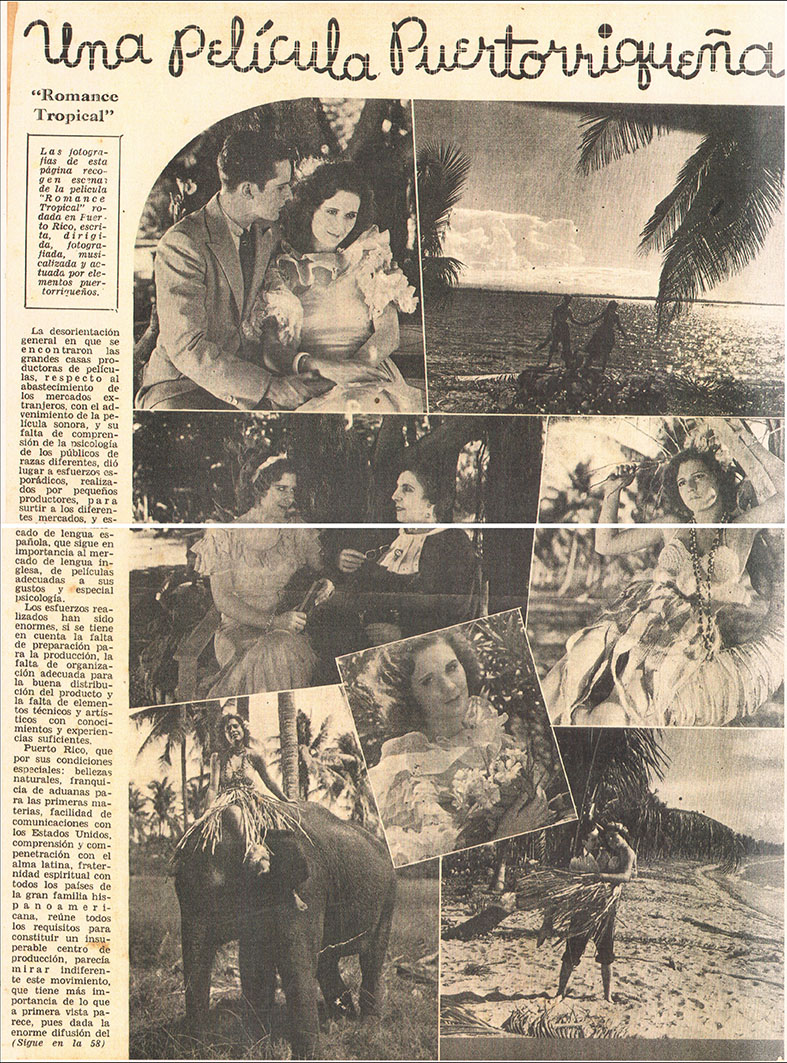

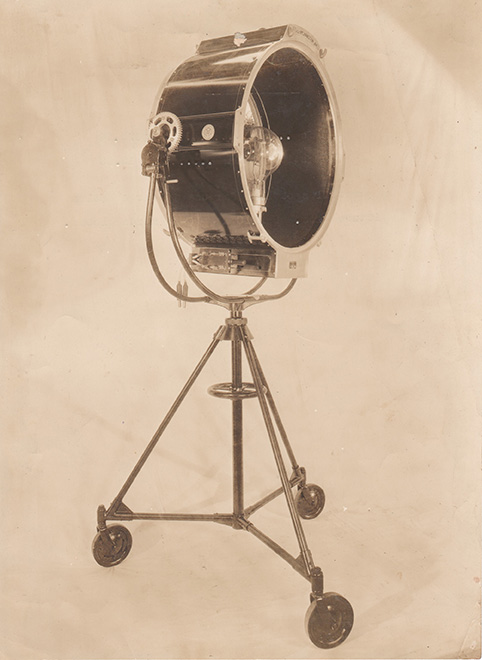
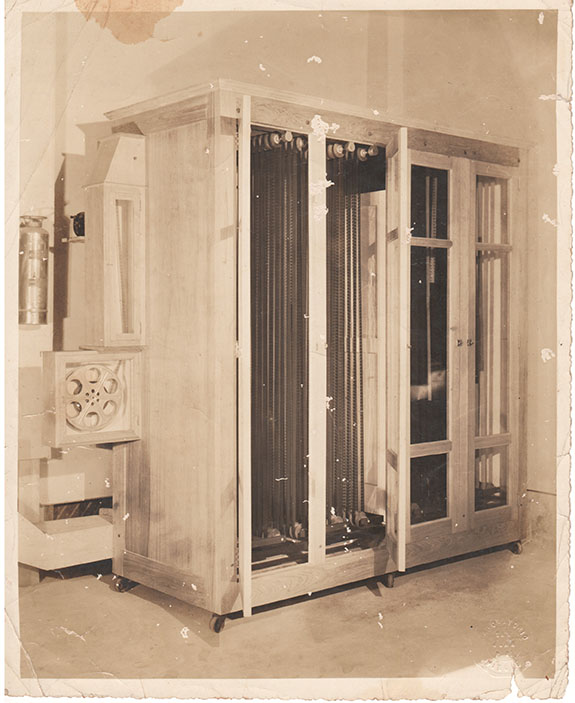
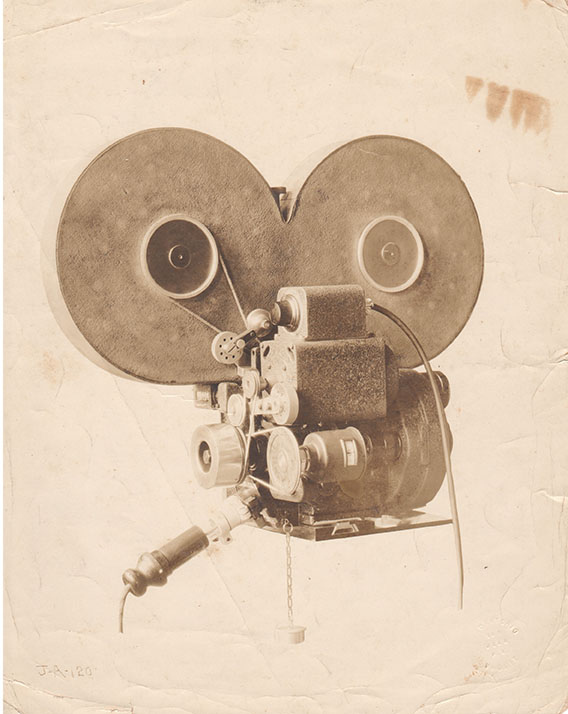
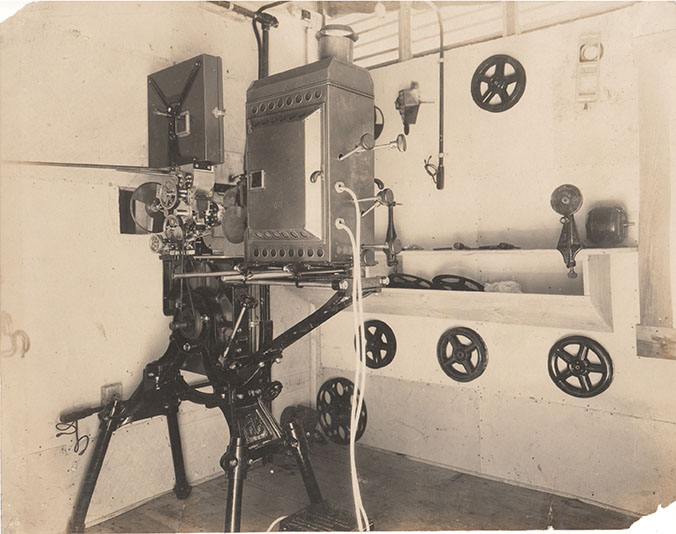
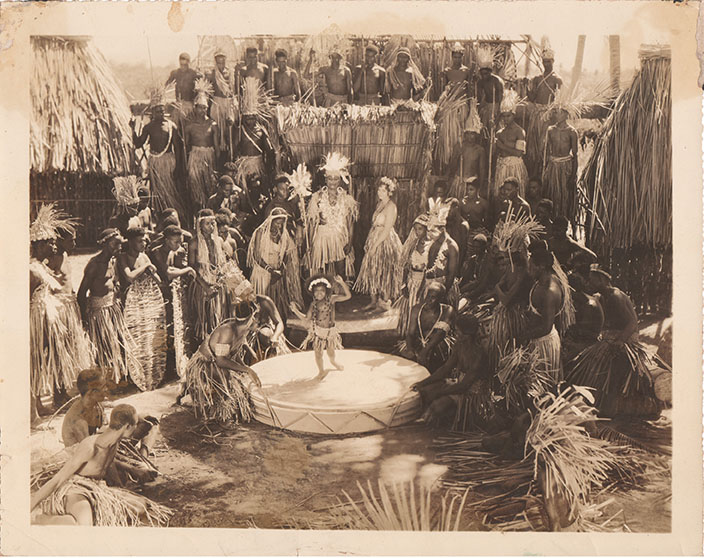
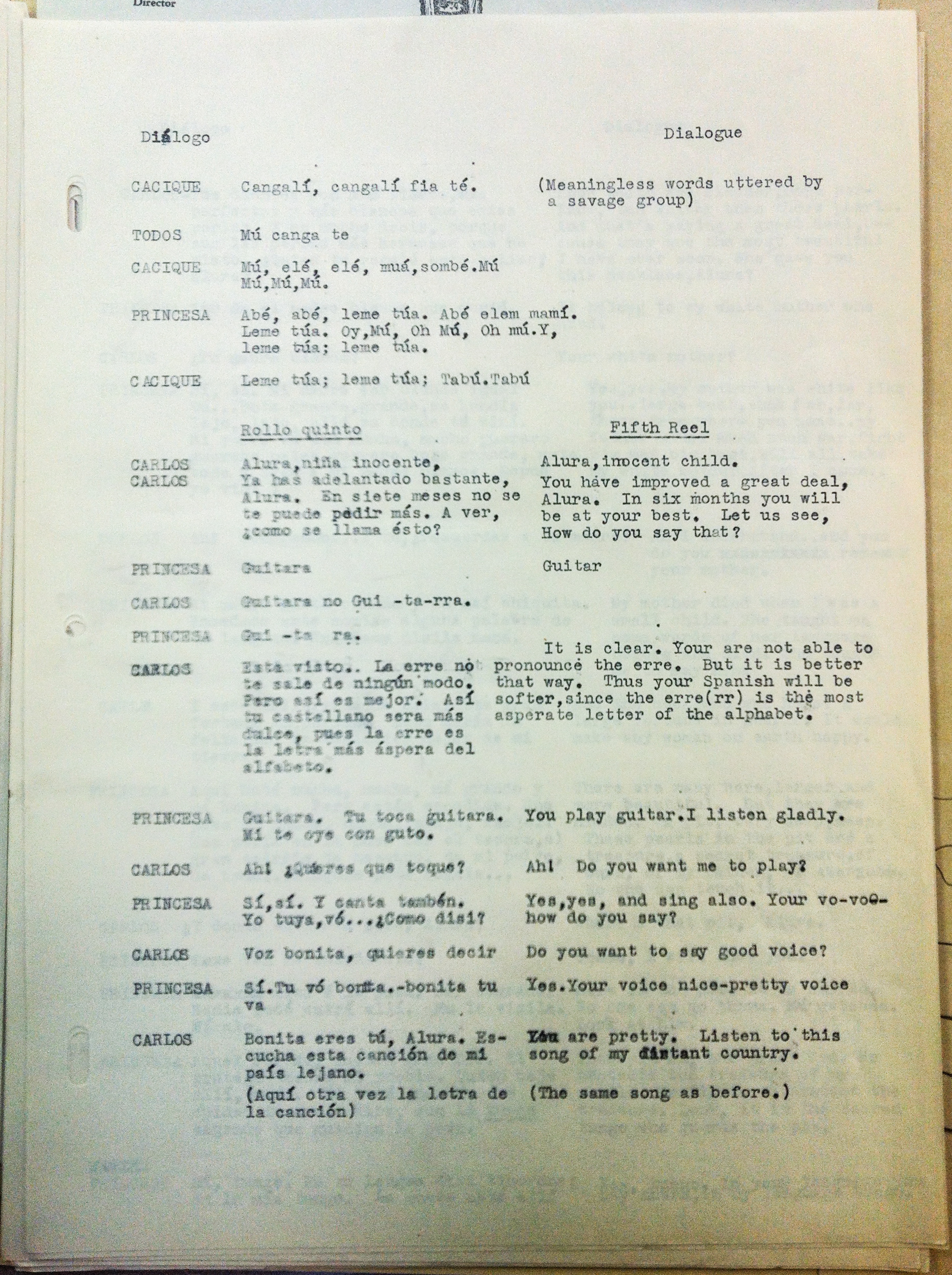
2015-2016
Ernestina & Raquel
Drama and aesthetics of Romance Tropical were elements of a ritual to conjure from the shadows, the raging spirit of the female trope. The artist embodied the postures of rapture and doom while her machine became the eyeball. A body of work based on half-truths and imagined visions about the process of dismembering a cinematic plot.
"The presence of woman is an indispensable element of spectacle in normative narrative film, yet her visual presence tends to work against the development of a story line." - Laura Mulvey, in her essay Visual Pleasure and Narrative Cinema (1975)
INT. RESIDENCIA SAN JUAN - CUARTO ERNESTINA
![]()
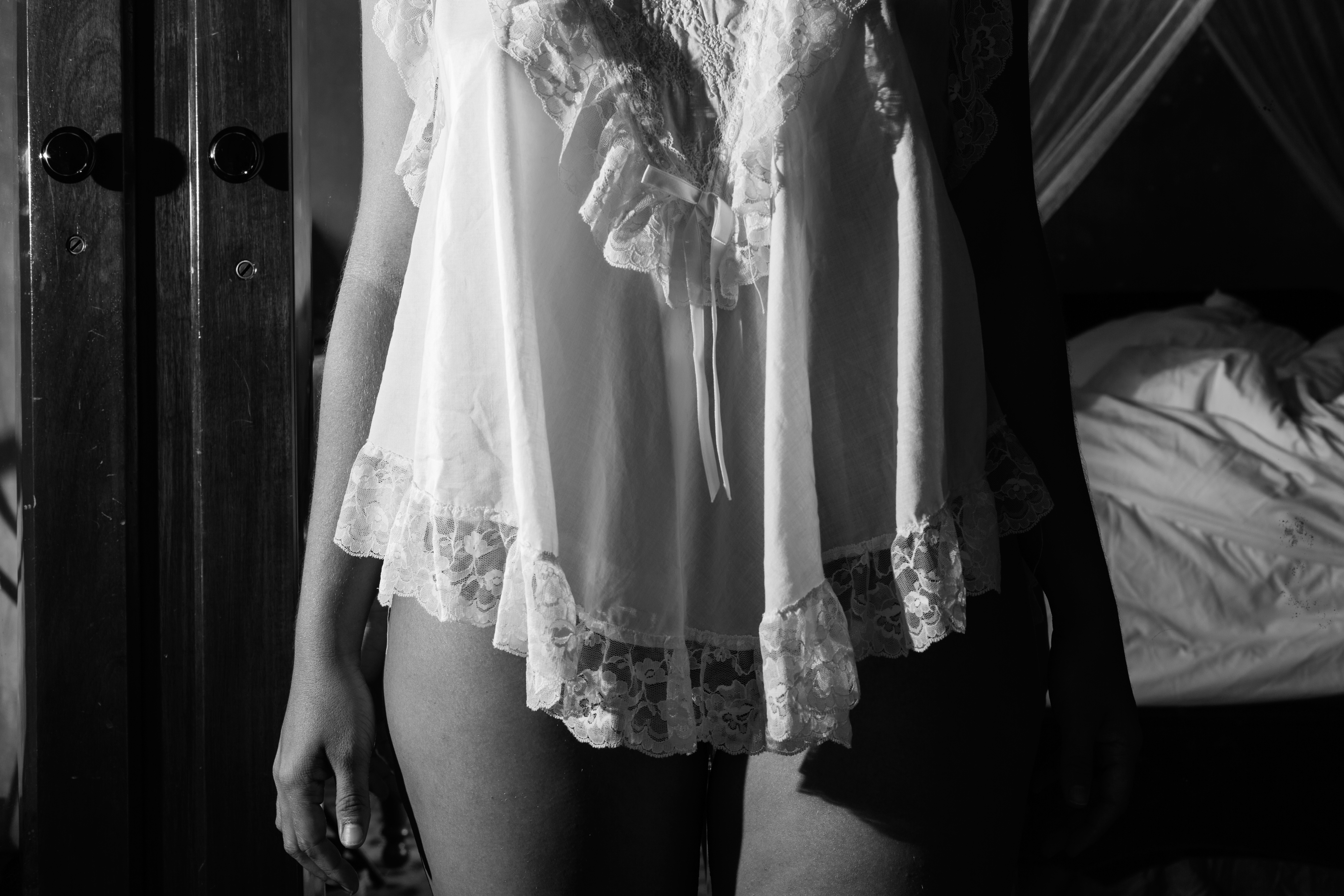
EXT. RESIDENCIA SAN JUAN - PATIO
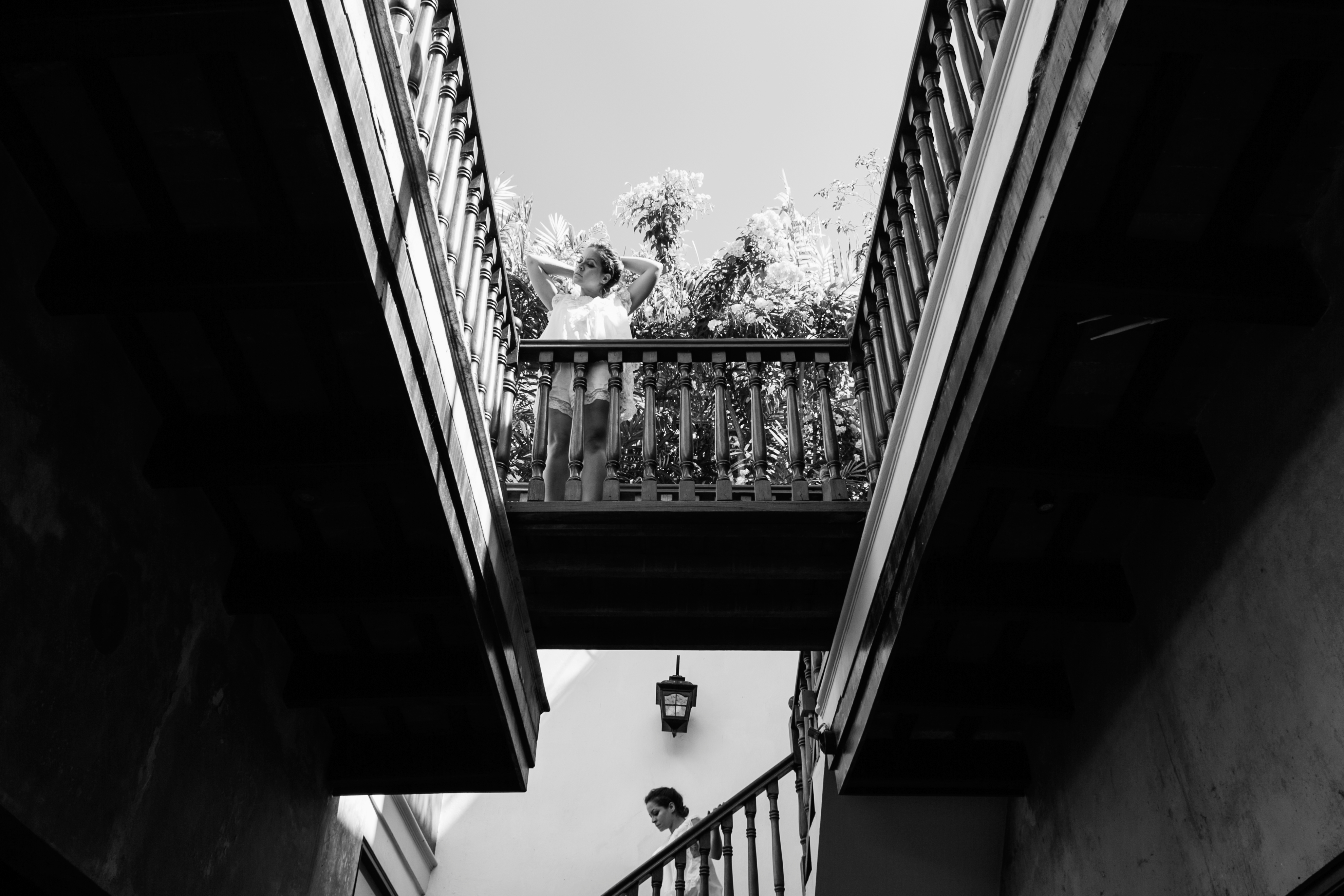
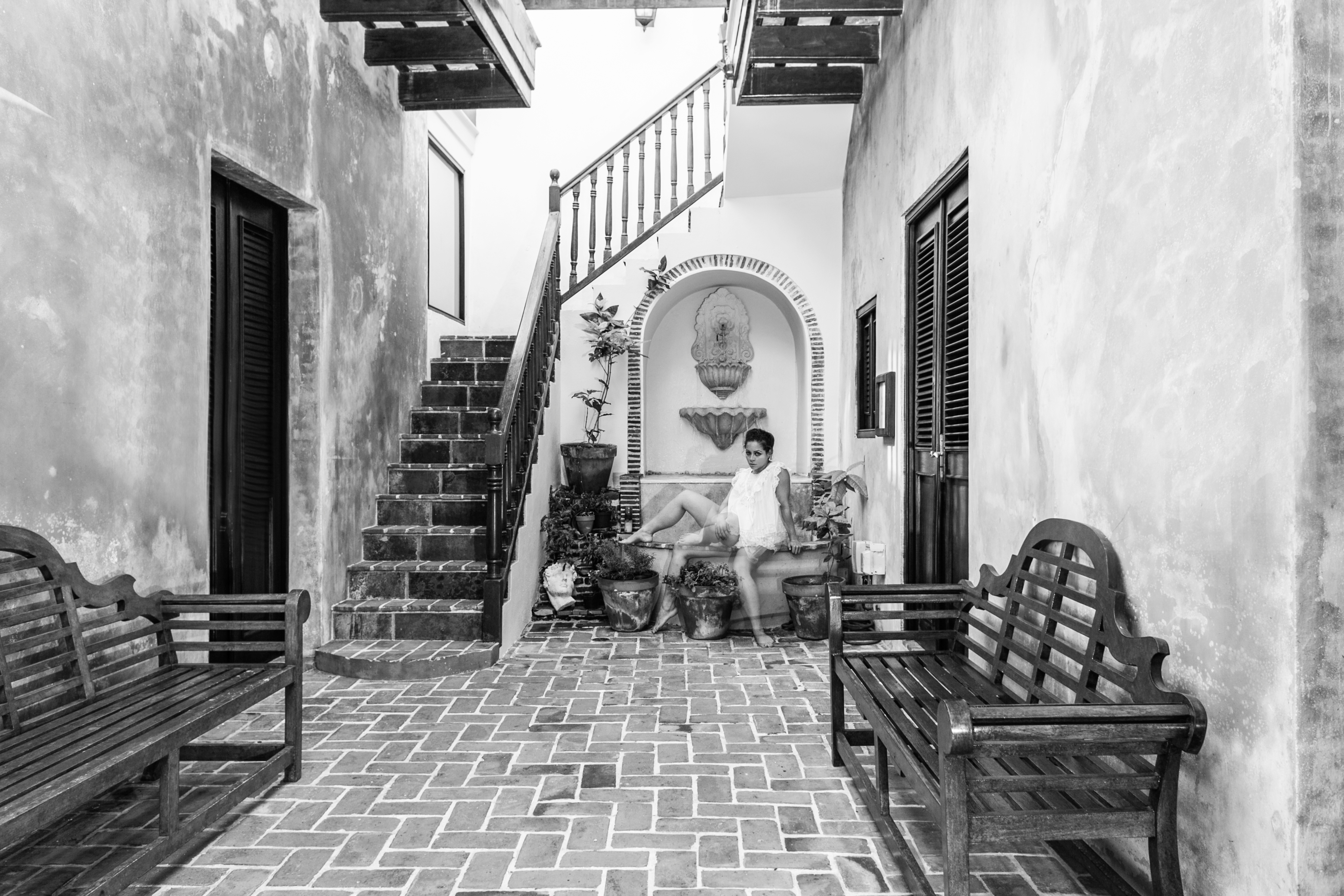
INT. RESIDENCIA SAN JUAN - SALA
![]()

EXT. MAR CARIBE - AFUERAS ISLA MU - DÍA
![]()
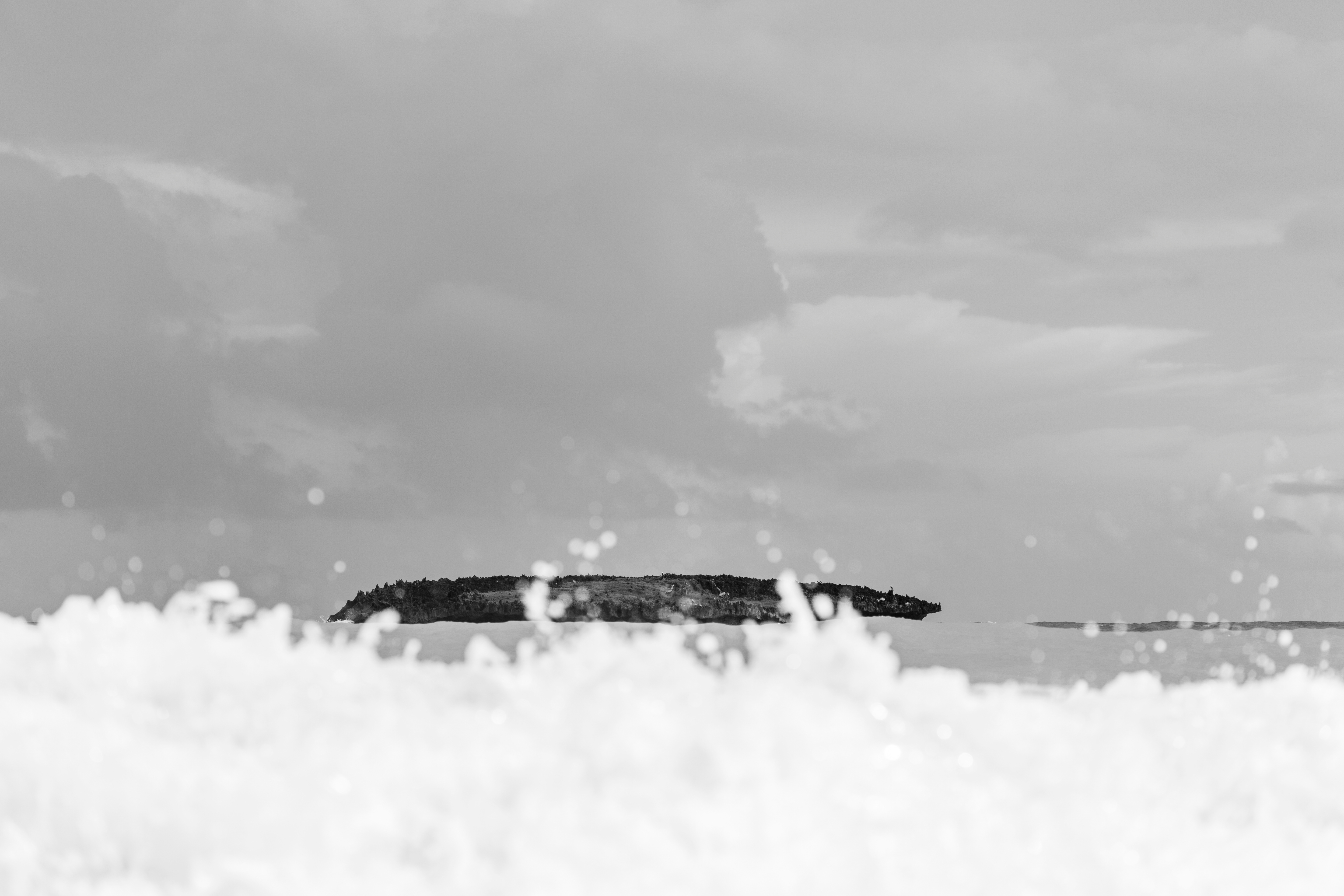
EXT. ISLA MU - PLAYA - DÍA
![]()
![]()

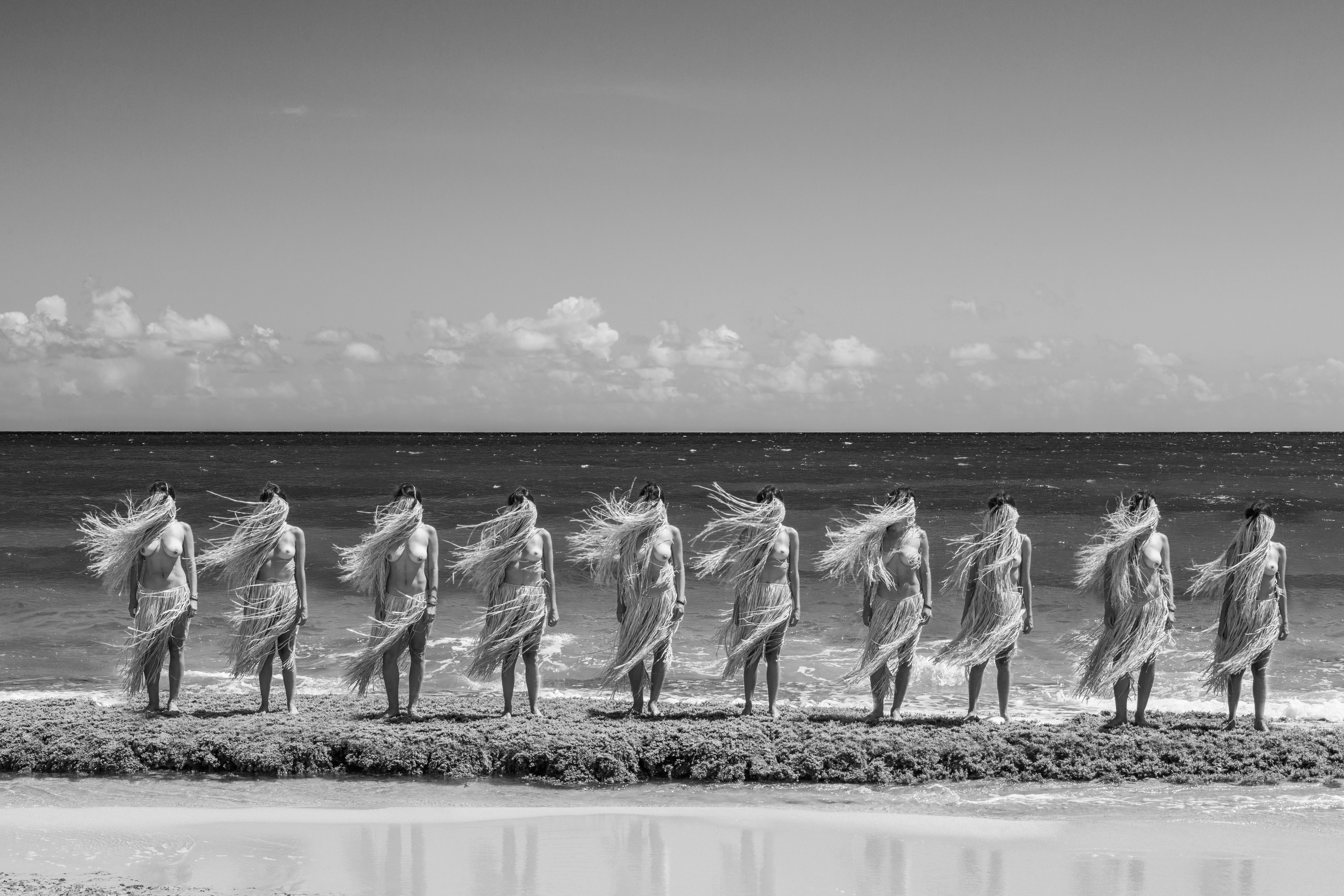
INT/EXT. ISLA MU - PALMAR DE RAQUEL
![]()
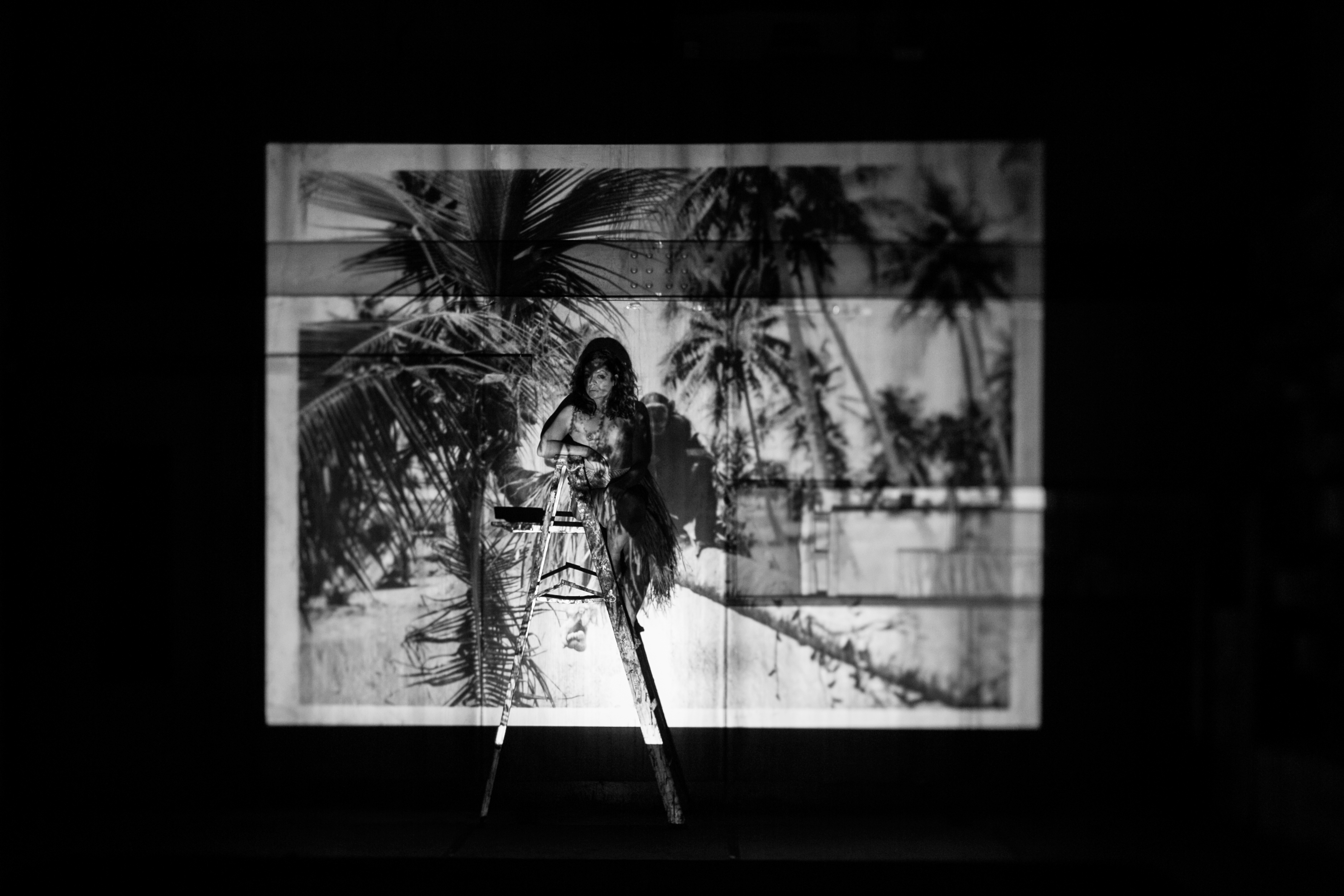
2017-2020
Epílogo
The film Romance Tropical (1934) was announced as found in 2017 at the UCLA Film Archives. This now almost 90-year-old object had emerged abruptly into the future to a new era of technology. Today the majority of film projections are digital projections that merge three basic colors of light - RED, GREEN, and BLUE (RGB) to create a full-color spectrum image. Against all odds, here is Romance Tropical; a present black and white version and a color analysis of the film that captures the past in the present.
A digital camera captures the digital projection of the film at different shutter speeds as it documents the process of fusion and separation of colors that read as gradients of black and white to the human eye. This modern device creates a new artifact; the unnoticed colorization of Romance Tropical.
“But to think of the mechanism of the cinema as an extension of human faculties is to deny the advantage of the machine. The entire excitement of working with a machine as a creative instrument rests, on the contrary, in the recognition of its capacity for a qualitatively different dimension of projection.” - Maya Deren, in her essay Cinema as an Art Form (1946)

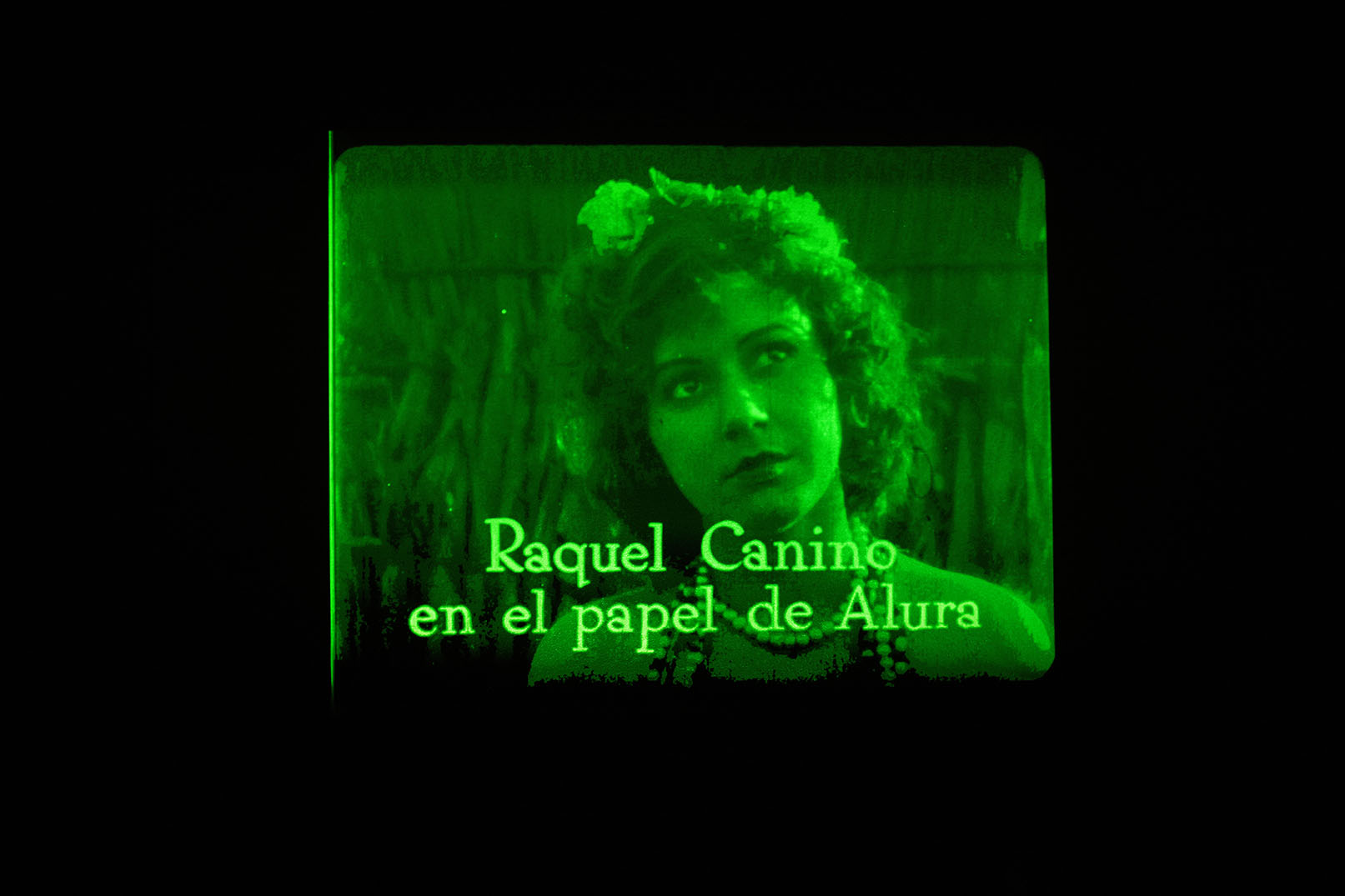
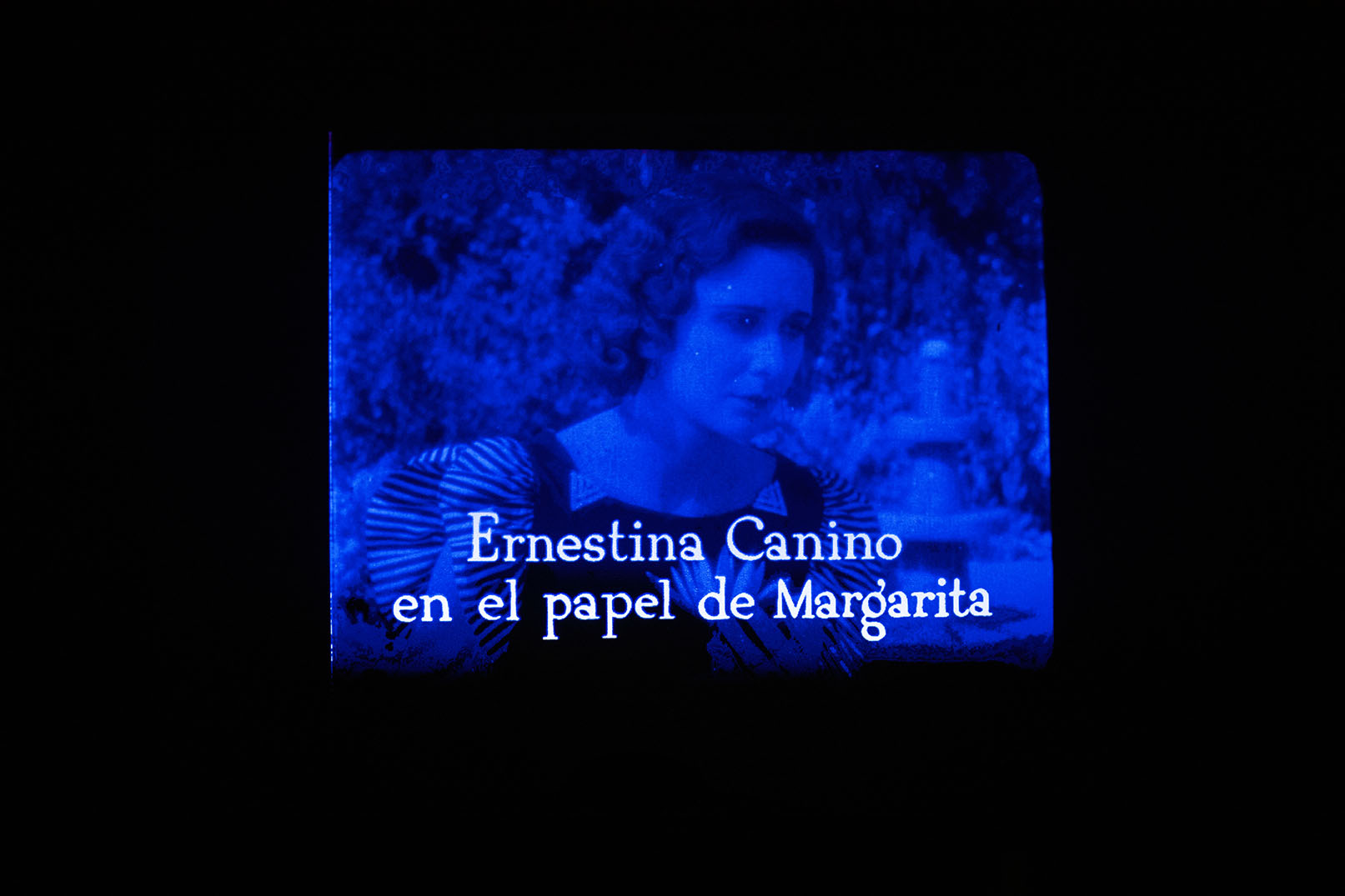
Romance Tropical (RGB), 2020